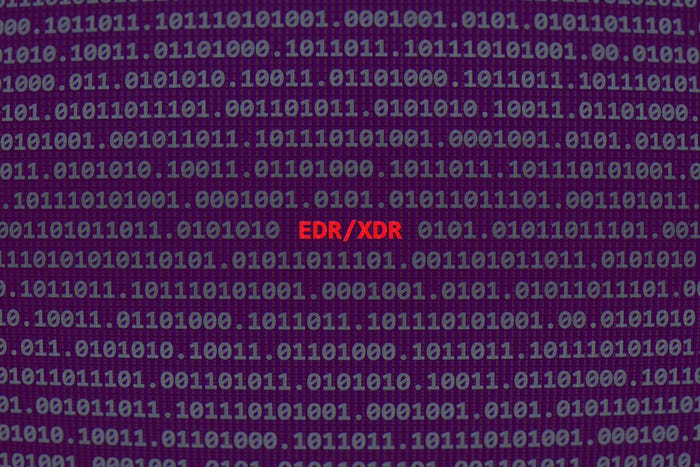Demystifying the Dark Web: What You Need to Know
The Dark Web and Deep Web are not the same, neither is fully criminal, and more await in this guide to the Internet's mysterious corners.

If you ask the average consumer about the Dark Web, chances are good they won't have a positive response. Most people assume the Dark Web is malicious – if they know about it at all.
Over the years, and especially of late with breaches and hackers making headlines, the Dark Web's reputation has been crafted by high-profile arrests and sensational news stories. Films and television shows have also shaped public perception. Even four to five years ago, people within the technology and security industries had a skewed opinion of what the Dark Web is.
"Anyone who was familiar with it typically had an outlandish view of what was happening there," says Emily Wilson, vice president of research at Terbium Labs. In recent years, the industry has begun to have more developed conversations, discussing how the Dark Web is changing, how it's responding to different events, and how it fits into their cyber-risk strategies. Employees in the finance and tech spaces, where security is paramount, are especially aware.
Still, she adds, most modern consumers are a few years behind. More have heard of the Dark Web, but those who have are afraid of it. "Their feeling about the Deep and Dark Web is it's just this bad place," adds Flashpoint chief strategy officer Chris Camacho.
So what exactly is the Dark Web, and how is it different from the Deep Web? How do they both work, and what goes on there? Here, we hope to fill in the gaps. We spoke with Dark Web experts, who answer your FAQs about the unknown Internet.

Join Dark Reading LIVE for two cybersecurity summits at Interop 2019. Learn from the industry's most knowledgeable IT security experts. Check out the Interop agenda here.
About the Author(s)
You May Also Like
Beyond Spam Filters and Firewalls: Preventing Business Email Compromises in the Modern Enterprise
April 30, 2024Key Findings from the State of AppSec Report 2024
May 7, 2024Is AI Identifying Threats to Your Network?
May 14, 2024Where and Why Threat Intelligence Makes Sense for Your Enterprise Security Strategy
May 15, 2024Safeguarding Political Campaigns: Defending Against Mass Phishing Attacks
May 16, 2024
Black Hat USA - August 3-8 - Learn More
August 3, 2024Cybersecurity's Hottest New Technologies: What You Need To Know
March 21, 2024




